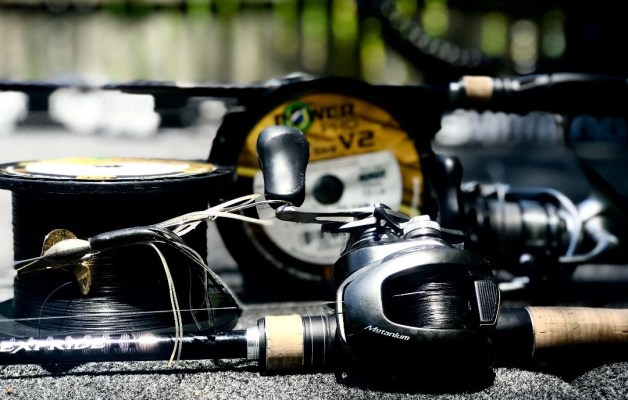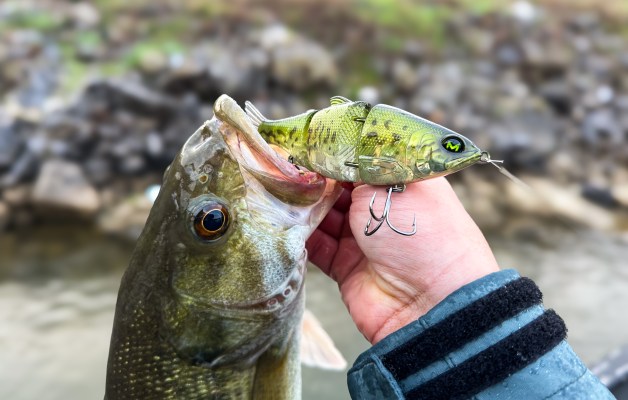There were a lot of amazing new products at last week’s ICAST tackle trade show, but none stood out like the advancements I saw in fishing electronics.
Don’t get me wrong; there were some cool lures, rods, reels and tackle storage goodies unveiled at the annual trade show, but the way electronics continue to evolve is truly mindboggling.
You’ll see many of the things I saw when these products start hitting retail shelves later this year or early next year. You can find additional info on Bassmaster.com.
For example, there are new gizmos and add-ons to a cell phone that allow you to use your smart phones as fishing graphs via wifi signals built into transducers.
Also, Lakemaster AutoChart mapping now enables anglers to create a lake map of their favorite lake or pond by simply driving around it and recording sonar information on a memory card in the graph. Pop the card into your computer and store the information; the next time you go back to that same lake and graph a new area, you can add that information to your map stored privately online.
I was equally impressed with MotorGuide’s new Xi5 series of trolling motors. MotorGuide is revamping its lineup to make their motors more quiet, bulletproof and efficient.
One version, with built-in GPS, can be easily programmed to hold you in one spot – like an anchor – regardless of wind or current strength. You can also tell it to follow a specific route or take you to a specific spot you’ve saved in the motor’s memory bank.
And, at Humminbird, we now have Bow Mount 360 Imaging. Initially, 360 Imaging could only be mounted on the transom, but this bow unit fastens onto a trolling motor shaft and adds an entirely new dimension to locating structure and fish.
It’s perfect for real-time information to know exactly where fish, locations of brush piles, stumps, ledges, deep weed edges and drop-offs are ahead of the boat. You can select various coverage areas (like only those in front of the boat) and get instant updates of where those targets are, even when the boat is moving.
I’ve seen schools of shad move and knew my distance to them and where they were going so I could make more precise casts.
Unlike two-dimensional graphing, you don’t have to drive over the top of an object to know exactly where it is.
Side imaging will do that, too, but by seeing it ahead while on the move, you’re never in doubt. It’s like X-ray vision and takes structure fishing to a new level.
There are times you won’t need it, such as throwing a frog over grass mats or fishing shallow vegetation. But for deep water fishing, bow-mounted 360 offers more information and makes me efficient at positioning the boat properly.
Although not new, casting rings (available on all Humminbird mapping graphs) can be employed with 360 as well. With your graph in the chart view and casting rings engaged, you can display a circle around each waypoint and know how many feet you are from that target and how long of a cast is required to reach it – without driving on it.
As many of you know, I’m a big stickler on fishing efficiency. The more efficient you are and precise you are with each cast, the more success you will have and in the least amount of time.
Remember, it’s all about the attitude!
Kevin VanDam’s column appears weekly on Bassmaster.com. You can also find him on Facebook and Twitter.





